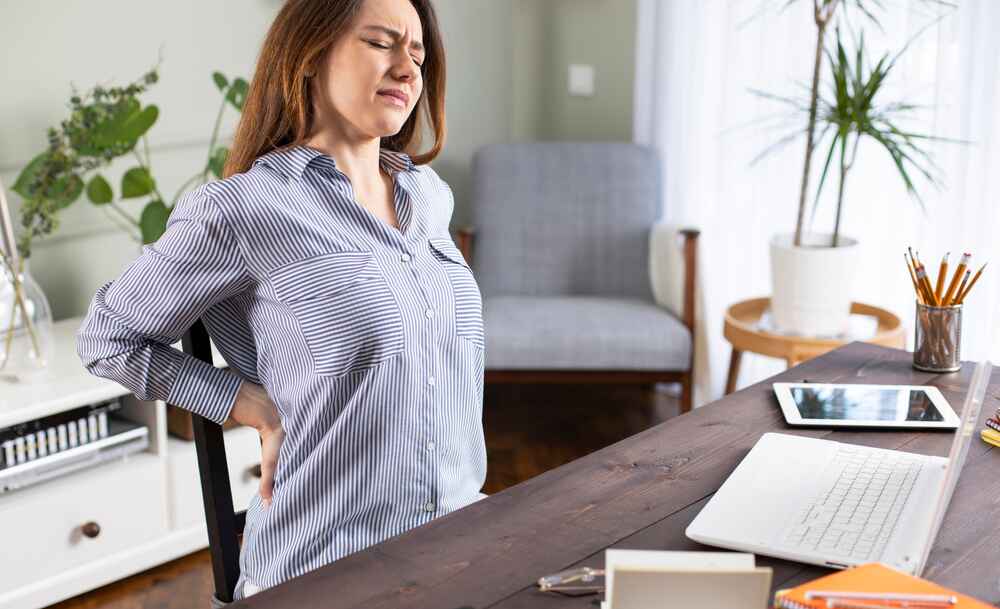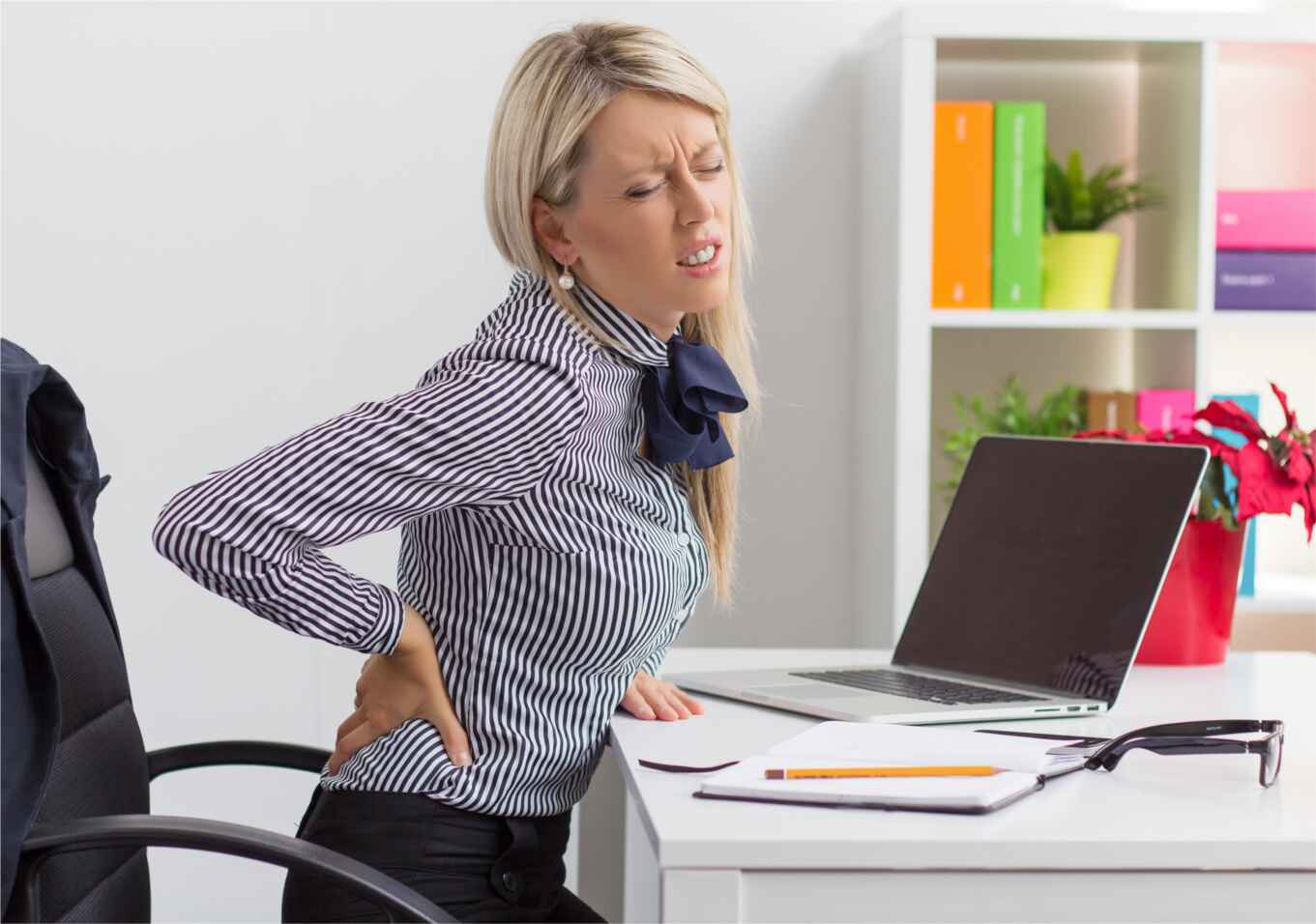Sitting for extended periods, whether at work or home, can lead to lower back pain. It is a widespread problem that many people experience. In this blog, we’ll explore the top six reasons for lower back pain when sitting and provide practical solutions to help alleviate discomfort. If you’re struggling with persistent lower back pain, whether when sitting or in other situations, seek expert guidance from Specialty Care Clinics.
Poor Posture
One of the primary reasons for lower back pain when sitting is poor posture. Slouching, hunching, or sitting with an arched back can put excess pressure on the lower spine.
Solution: Maintain good posture by sitting back in your chair with your back straight, shoulders relaxed, and feet flat on the floor. Consider using an ergonomic chair or lumbar support cushion to help.
Prolonged Sitting
Sitting for long hours can lead to muscle fatigue and stiffness, which may result in lower back pain.
Solution: Take regular breaks to stand, stretch, and walk around. Set a timer to remind yourself to change positions and avoid sitting for extended periods.
Lack of Lumbar Support
Lower back strain might result from chairs without enough lumbar support. When your lumbar spine lacks support, it flattens, leading to discomfort.
Solution: Invest in a chair with built-in lumbar support or use a separate lumbar cushion. This support helps maintain the natural curve of your lower back.
Inadequate Desk Setup
An improperly set up workstation can force you into uncomfortable positions that contribute to lower back pain.
Solution: Ensure your desk and chair are at the correct height. Your feet should be flat on the floor, knees at a 90-degree angle, and your computer monitor at eye level.
Lack of Physical Activity
A sedentary lifestyle contributes to muscle weakness, including the muscles supporting the lower back.
Solution: Incorporate regular exercise into your routine to strengthen your core and lower back muscles. Activities like yoga, swimming, and walking can be beneficial.
Underlying Health Issues
In some cases, underlying health conditions can lead to lower back pain. These conditions may include herniated discs, sciatica, or spinal stenosis.
Solution: If your lower back pain is persistent, severe, or accompanied by other symptoms, consult a healthcare professional. They are able to identify any underlying problems and provide suitable solutions.
Lower back pain when sitting is a prevalent issue, but it’s not something you have to live with. By addressing the root causes and implementing practical solutions, you can reduce discomfort and improve your sitting experience. Remember to prioritize good posture, take breaks, invest in ergonomic equipment, stay physically active, and seek professional advice when needed. Don’t let lower back pain hinder your daily life; take proactive steps towards a pain-free and comfortable sitting experience.


